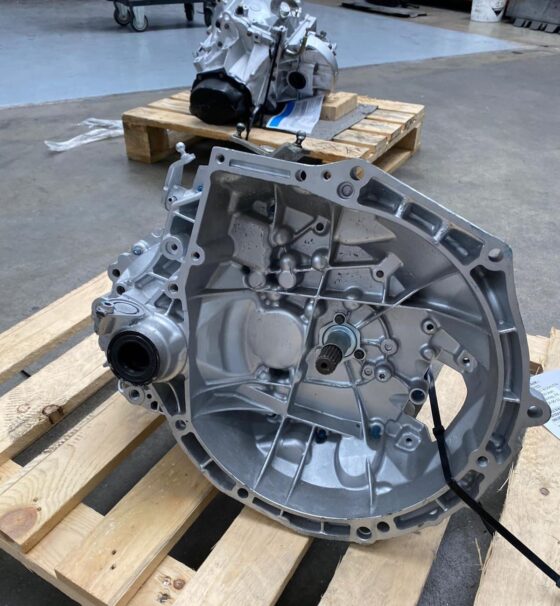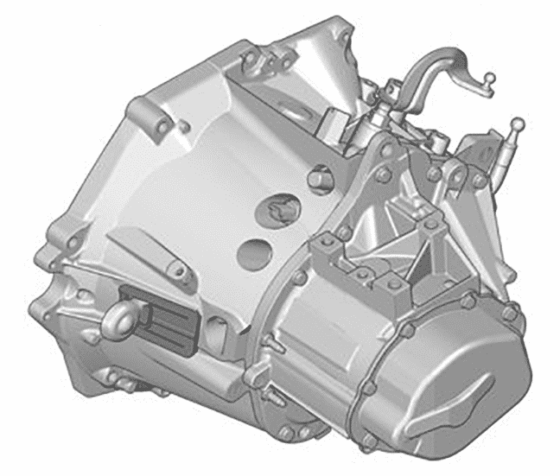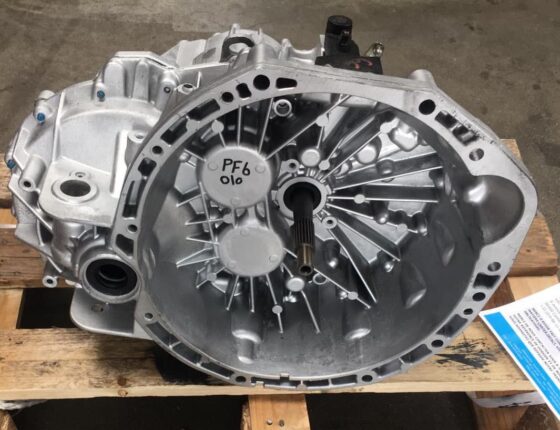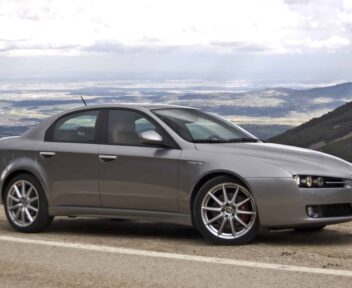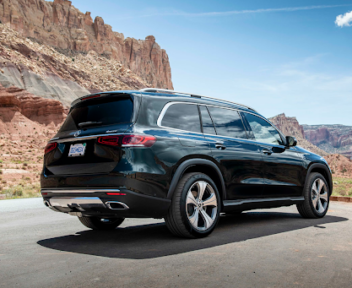A fierce competitor to the Renault Twingo, the Hyundai i10 is a small five-door city car produced by the South Korean manufacturer since 2008. Building on its success, a second generation was launched in 2013, followed by a third unveiled at the Frankfurt Motor Show in 2019, before going on sale the following year.
Impeccable service
Gearbox broken? We help you identify and order your model
Despite the care taken in its design, a gearbox is not immune to malfunction. Find out how to effectively repair your gearbox with advice from the experts at EDEN BOITES !
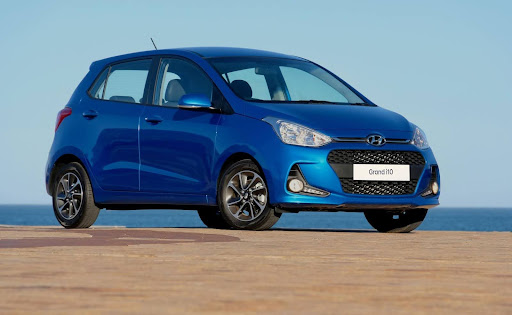
How the Hyundai i10 gearbox works
How does a gearbox work?
The gearbox is an essential part of your car: it adapts the ratio between the power generated by the engine and wheel rotation speed.
It's also a complex element: primary shaft, crankshaft, secondary shaft, bearings, shifter, forks and pinions are all components of the gearbox. Since each part has a precise and distinct role to play, the slightest defect in one of them can lead to failure of the whole.
Note that in the case of the Hyundai i10, transmission is by traction only. This means that it is the car's front wheels that receive power from the engine and pull the vehicle. pull the vehicle.
What makes the Hyundai i10 so special?
The type of Hyundai gearbox i10 may differ, depending on the car's generation and year of production. On the European market, the manual gearbox remains the standard. It comes as standard with five gears. A four-speed automatic gearbox is available on early models, before being replaced by a robotized gearbox. robotized gearbox.
Halfway between a manual and an automatic gearbox, the robotized gearbox functions like the former, but the clutch pedal is replaced by a is replaced by a steering-wheel-mounted which the driver must operate to change gear. In this way, the risk of false manipulation or indelicate gesture towards the clutch system is neutralized. Note that some engines, such as the 1.0 L MPi 100 N-Line, do not offer this feature.
What does the gearbox need to operate?
Gearbox oil is an essential element for the gearbox to function properly. Often confused with engine oil, which does not have the same propertiesThis fluid has three key roles:
- It cleans transmission system components thanks to its detergent functions ;
- It contributes to the dissipation of heat during driving;
- It ensures adequate lubrication of all parts.
When you notice resistance from the clutch pedal or gearshift lever, when your gearbox makes a cracking or whistling noise, and when the interior shakes excessively (especially when in neutral), this may be due to a gearbox oil defect.
For optimum gearbox performance, the oil should be changed every 60,000 kilometers, or every two years if you have an automatic gearbox. Manual gearboxes don't require such frequent servicing, and only need to be changed once they've passed the 250,000 km mark. However, for peace of mind, you can carry out this maintenance operation every five years.
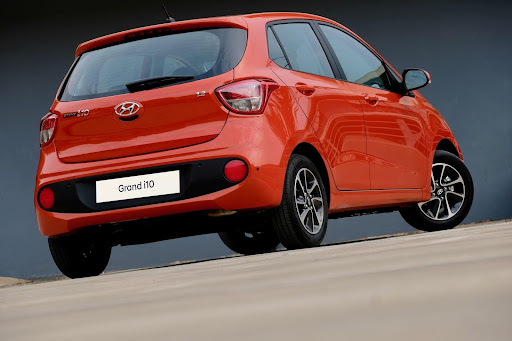
Advanced gearbox troubleshooting
Gearbox-related faults can often be repaired directly at the garagebut in cases of more advanced deterioration, the mechanic will have no choice but to a complete replacement.
You don't have to buy a new box, whose price and delivery times are often prohibitive. Discover our reconditioned gearbox exchange service ! We collect your old gearbox, and deliver one that has been completely dismantled, cleaned, inspected and tested, for a guarantee of optimum quality. If you can't find the product you need in our online catalog, we'll process your existing gearbox before sending it back to you: stock problems are a thing of the past!
Contact one of our advisors to find out more. It's easy, fast and without obligation All you need is your registration number.


